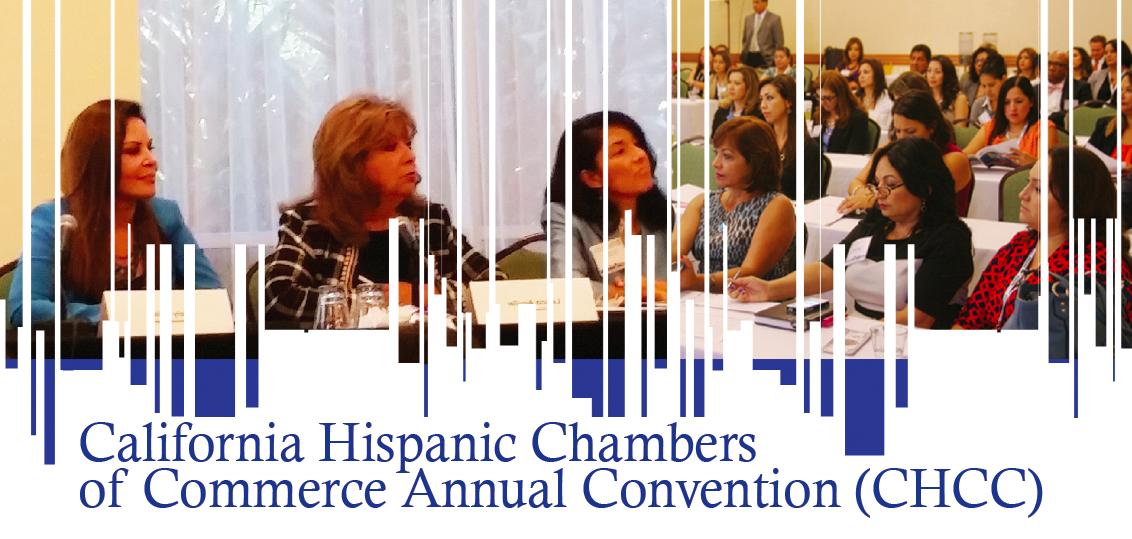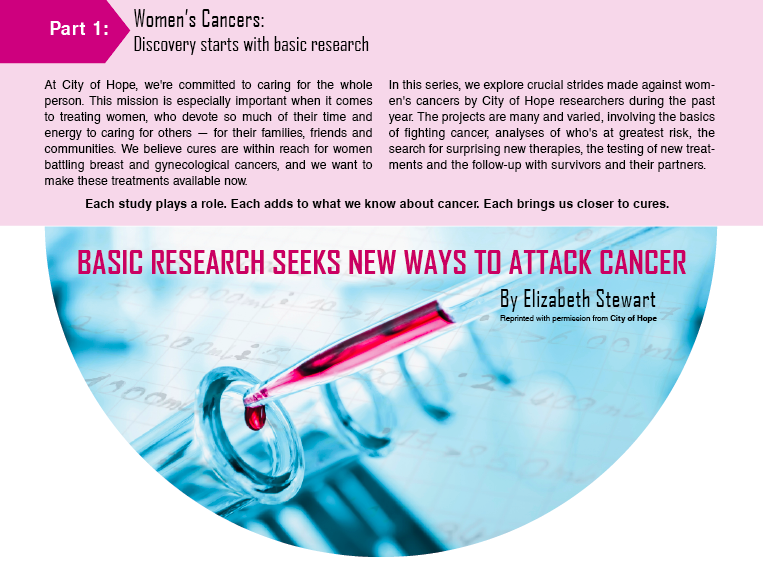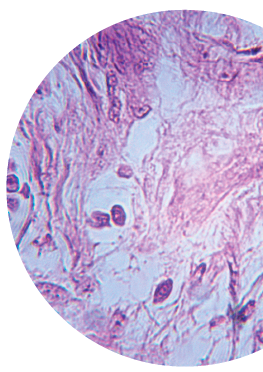
Entrepreneurs, advocates for small businesses, community leaders, and government officials were all present at the California Hispanic Chambers of Commerce Annual Convention (CHCC) in Garden Grove, California. The convention celebrated the history and triumphs of the CHCC while establishing a strong dialogue between the Hispanic business community, business advocates, and government members.
From an author to a National Director of a government agency, panelists and speakers came from a diverse range of backgrounds. Some featured speakers included Nely Galán, Media Entrepreneur and Founder of the Adelante Movement; Antonio Gonzalez, President of SVREP and WCVI; and Maria Salinas, Chairwoman of the Board at ProAmerica Bank. All workshops and panels at the convention were free and open to the public. The main workshops were divided into two groups: Procurement and International Trade. Attendees filled the seats for both groups of presentations as the panelists presented their in-depth PowerPoint presentations.
To further promote business success, the convention featured a procurement matchmaking session with participation from top companies such as Southern California Edison, Wells Fargo, Verizon, and State Farm. Attendees had the opportunity to view the business profiles of the companies they were matched with before scheduling a meeting. The meetings established connections between attendees and their matched companies so that a future follow-up could be secured to pursue contracting opportunities.
With the strong advocacy for the Hispanic business community, it was fitting to highlight real life business success stories during the Business Success Stories Live Luncheon sponsored by Kaiser Permanente. Hosted by celebrities Liz Hernandez of Access Hollywood and actress Ana Ortiz, the luncheon was a motivational way to inspire attendees to maintain their determination no matter the circumstances.
The Annual Convention wasn’t completely relegated to business workshops and presentations though. The CHCC added elements of fun and excitement with the Latina Pavilion, and awards ceremonies followed by various forms of entertainment, which created a loud and lively atmosphere. The Latina Pavilion featured a panel of successful Latinas who provided their perspectives on life, careers, and accomplishments. The Pavilion also showcased a fashion show and Biz Expo, which featured over 70 exhibitors and opportunities for networking.
The final two days of the convention concluded with a White Party celebration, CHCC Awards Gala dinner, live entertainment from popular comedian Felipe Esparza, and the Abel Sanchez & Si Se Puede Band, which features musicians from legendary bands such as Malo, Tierra, and Tower of Power. The live entertainment pumped up the crowd as the CHCC Awards honored recipients of the Latina Hall of Fame Awards and Regional & Statewide Hispanic Business Awards. The CHCC Annual Convention was a success that empowered the Hispanic business community with its lively blend of educational and entertaining sessions.

 Login
Login



















